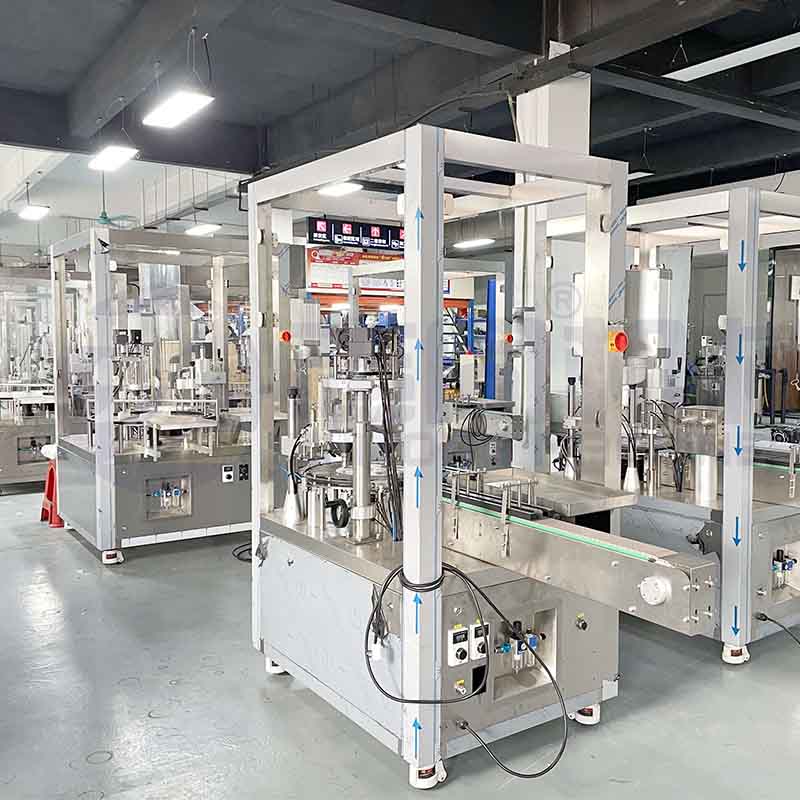In the world of pharmaceutical manufacturing, optimizing production efficiency plays a crucial role in meeting the escalating demand for medications. One vital component of this process is the vial filling stage, where precision and speed are paramount. With the advent of technology, the introduction of automatic vial filling machines has revolutionized this sector, enabling pharmaceutical companies to streamline their production lines. In this blog, we will delve into the various benefits that these automated machines bring to their respective industries.
Improved Accuracy and Precision
Accuracy is of utmost importance when it comes to filling vials with pharmaceutical substances. Automatic vial filling machines incorporate advanced technology, ensuring precise measurement and dosage with minimal errors. These machines employ sophisticated features like servo-driven piston technology, which guarantees that the desired volume of liquid or powder is dispensed accurately into each vial. By eliminating human error, manual adjustments, and variability, these machines not only enhance the safety and efficacy of the final product but also reduce wastage and associated costs.
Enhanced Efficiency and Output
With the ability to fill a large number of vials in a short amount of time, automatic vial filling machines offer a significant boost to production efficiency. These machines can seamlessly integrate into existing production lines or operate as standalone units, accommodating various types and sizes of vials. Their highly automated nature eliminates the need for manual handling, repetitive motions, and limited throughput, allowing pharmaceutical companies to increase their output while maintaining consistent quality. Moreover, these machines are equipped with user-friendly interfaces, enabling operators to easily monitor and control the entire filling process, further streamlining operations and minimizing downtime.
Optimized Safety and Contamination Control
Maintaining a sterile environment is critical in pharmaceutical manufacturing to prevent contamination and ensure product integrity. Manual vial filling is susceptible to contamination risks, as it involves human contact, potentially exposing the products to contaminants, airborne particles, or even microbial growth. Automatic vial filling machines incorporate state-of-the-art technologies, such as laminar airflow and closed-system design, that enable aseptic filling. This significantly reduces the risk of contamination, ensuring product safety and extending shelf life. Moreover, these machines can be equipped with additional features like ultraviolet (UV) light sanitation or high-efficiency particulate air (HEPA) filtration systems to provide an extra layer of protection against contaminants.
Cost Savings and Return on Investment
While the initial investment in automatic vial filling machines may seem high, they ultimately offer substantial cost savings in the long run. By reducing errors, minimizing waste, optimizing production efficiency, and increasing output levels, these machines contribute to improved profitability. Furthermore, their reliability and programmable capabilities result in reduced need for manual labor, lowering personnel costs. With their enhanced accuracy, efficiency, and optimized production, automatic vial filling machines provide a significant return on investment for pharmaceutical companies.
In an industry where precision, productivity, and product safety are paramount, automatic vial filling machines have emerged as essential assets for pharmaceutical manufacturers. By incorporating these innovative machines into the production process, companies can maximize accuracy, enhance efficiency, improve safety standards, and ultimately realize substantial cost savings. As technology continues to advance, it is evident that automatic vial filling machines will remain at the forefront of pharmaceutical manufacturing, driving the industry towards a more streamlined and effective future.
Post time: Sep-06-2023





